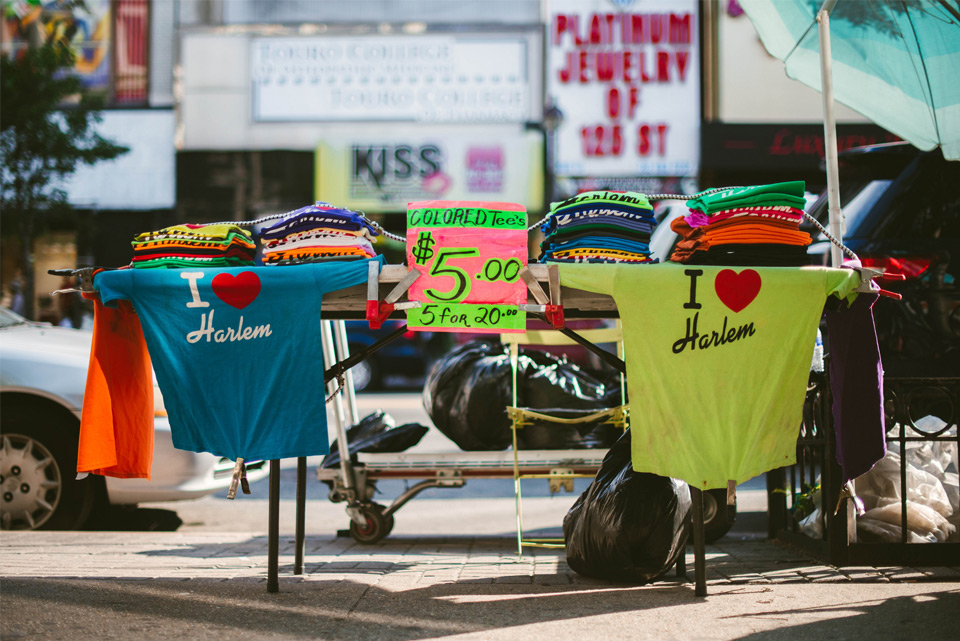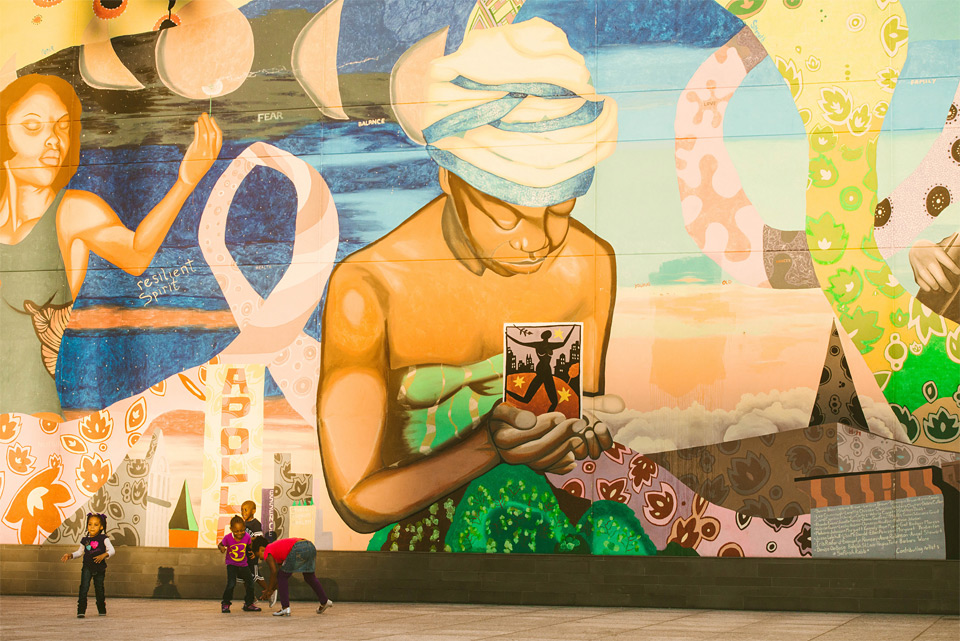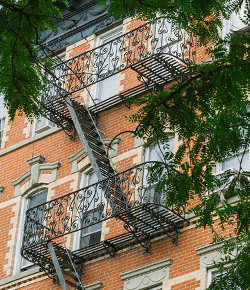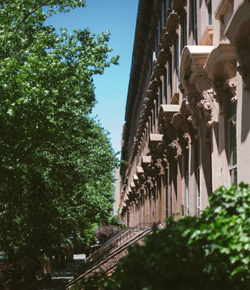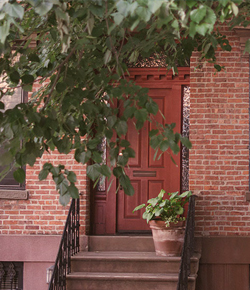Welcome to Harlem
Key Details
-
WHAT TO EXPECT
A quiet residential scene in the midst of a bustling culture hub.
-
THE LIFESTYLE
Soulful. A community-oriented atmosphere defined by music, food and cultural events.
-
WHAT NOT TO EXPECT
A bar-driven, late night party scene.
-
THE MARKET
Affordable nineteenth century apartments and brownstones are becoming more competitive, and new developments are popping up throughout the neighborhood.
-
YOU'LL FALL IN LOVE WITH
The rich history and widespread sense of community.
LOCATED IN UPTOWN MANHATTAN
Around the Block
Harlem:
Where history feels like home.
Harlem is known as an important touchpoint of American jazz, literature, and civil rights history. And for good reason: major streets like Adam Clayton Powell Jr. Blvd., Malcolm X Blvd., and Martin Luther King Jr. Blvd. pay homage to civil rights leaders that actually walked those passageways. Meanwhile, venues such as The Apollo Theater, Hotel Theresa, and Sylvia’s Restaurant stand as iconic landmarks frequented by both history buffs and culture seekers alike.
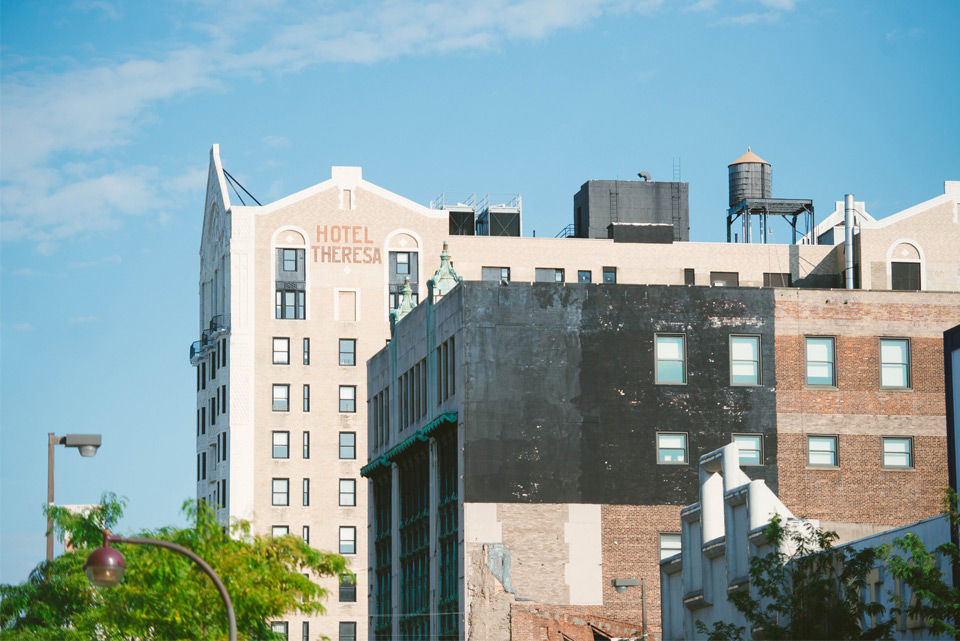
What to expect:
A quiet residential scene in the midst of a bustling culture hub.
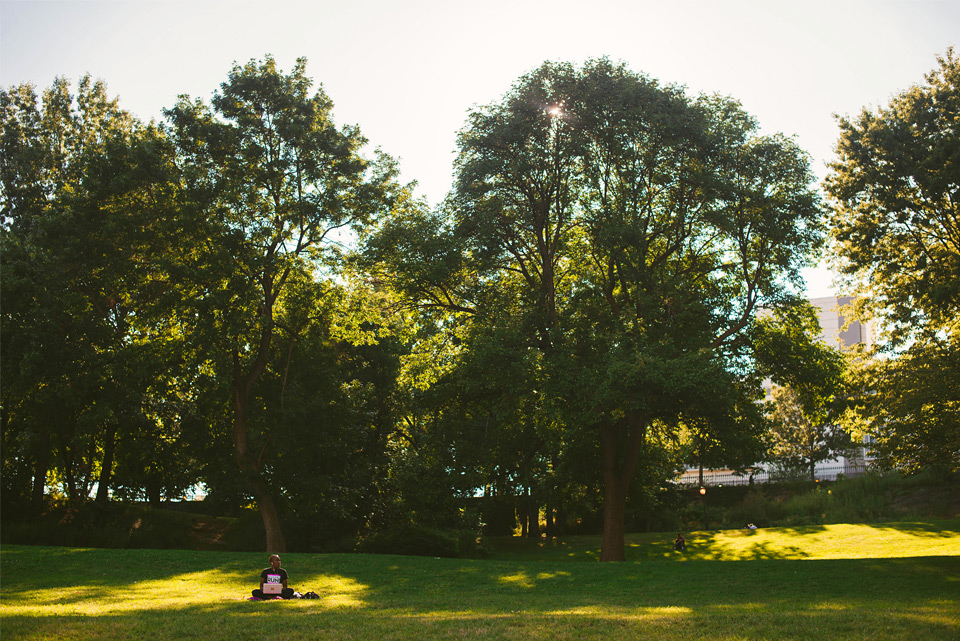

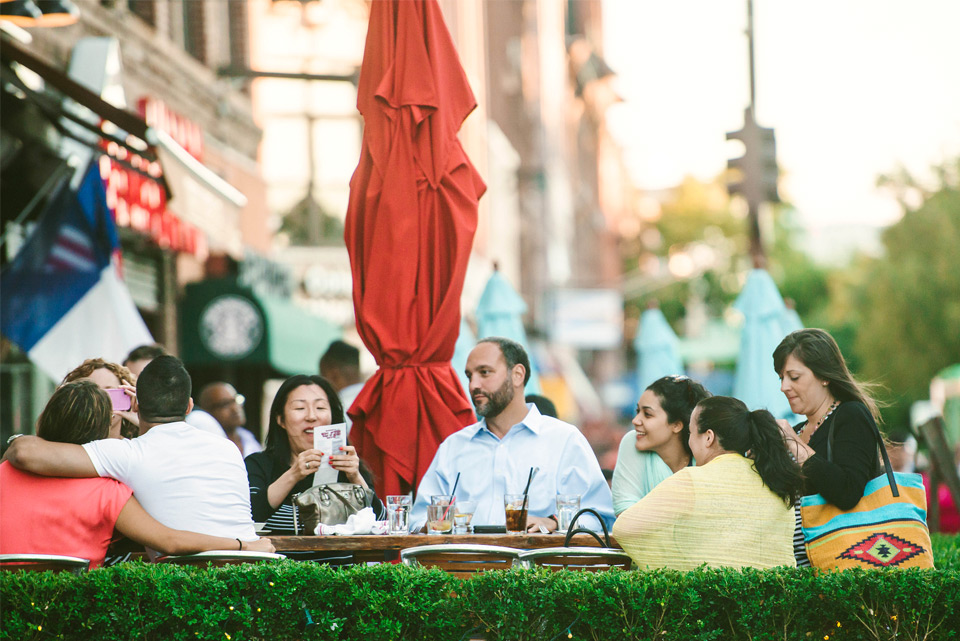
The lifestyle:
Soulful. A community-oriented atmosphere defined by music, food and cultural events.
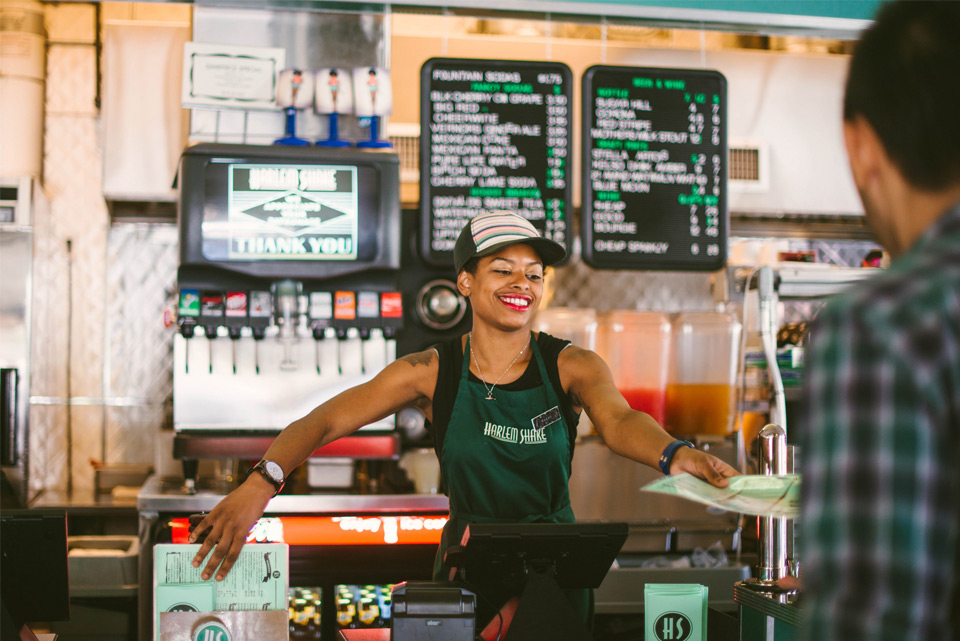

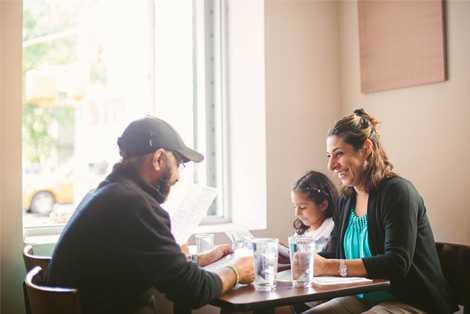
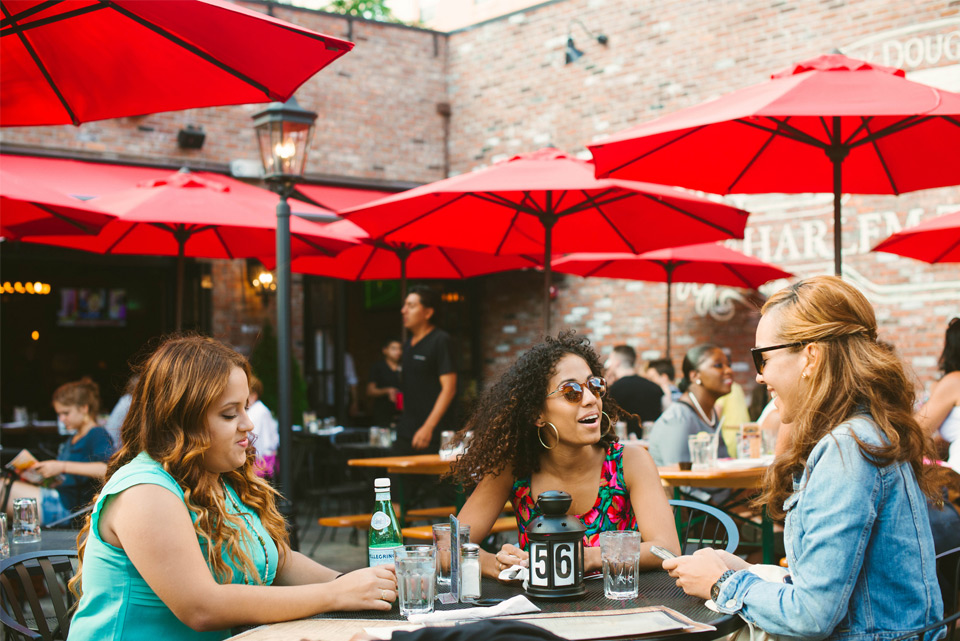
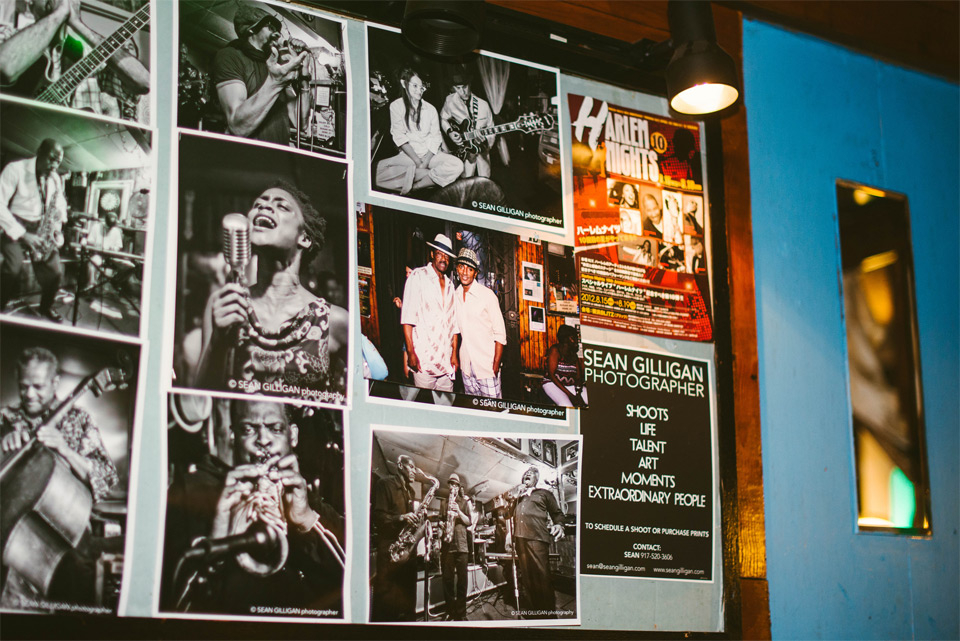
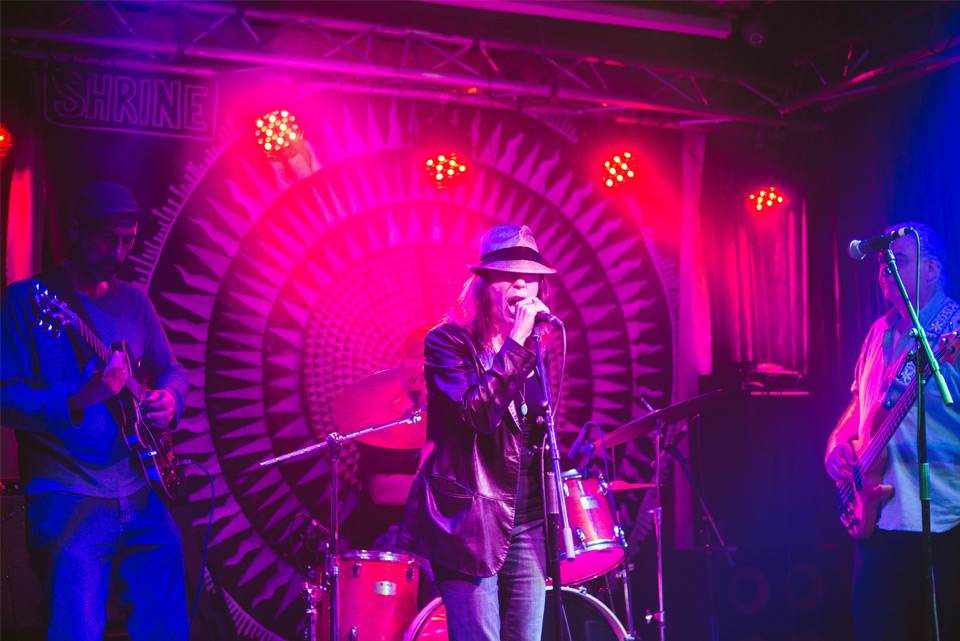
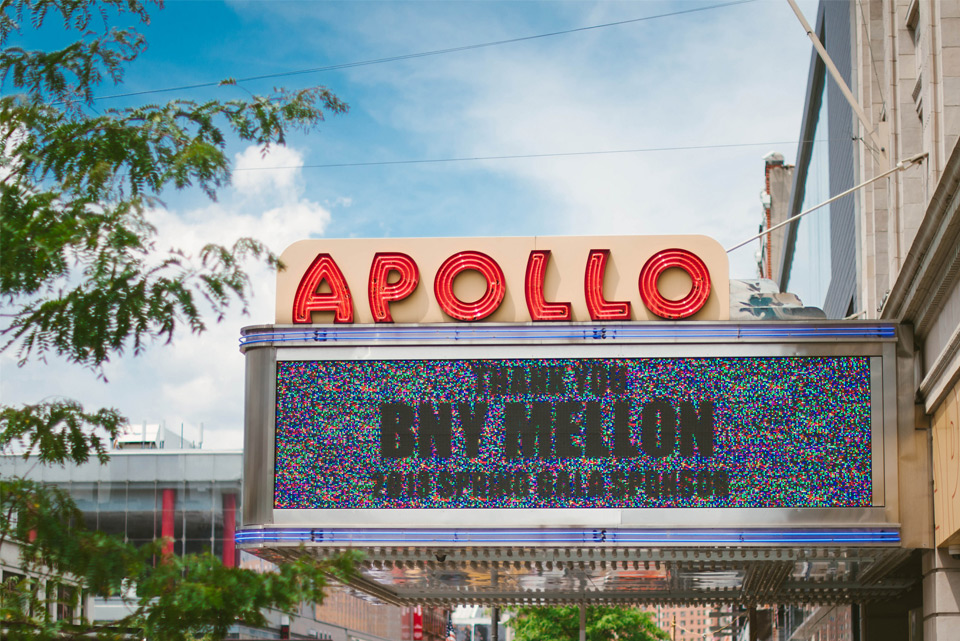
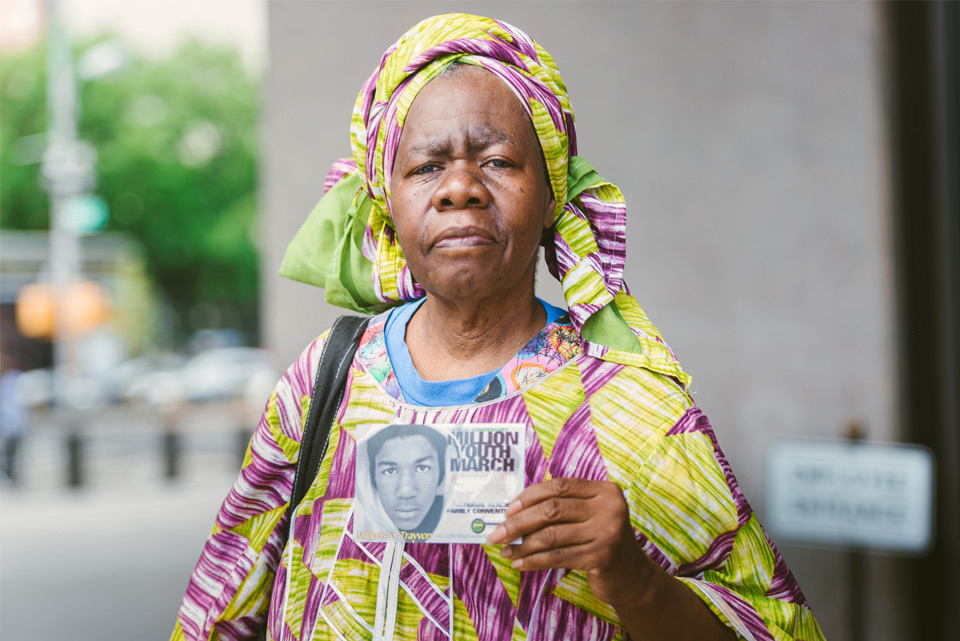
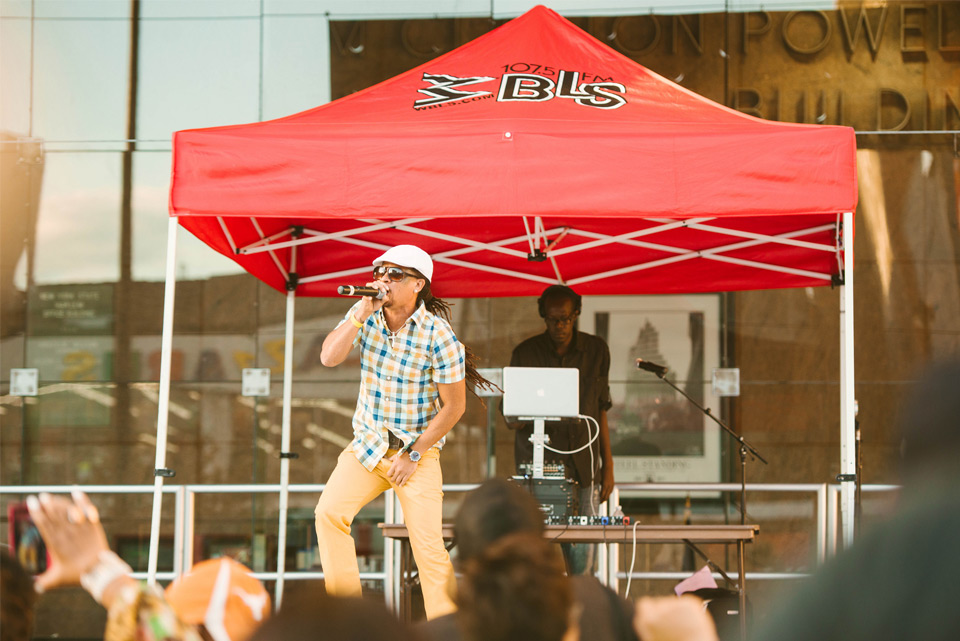
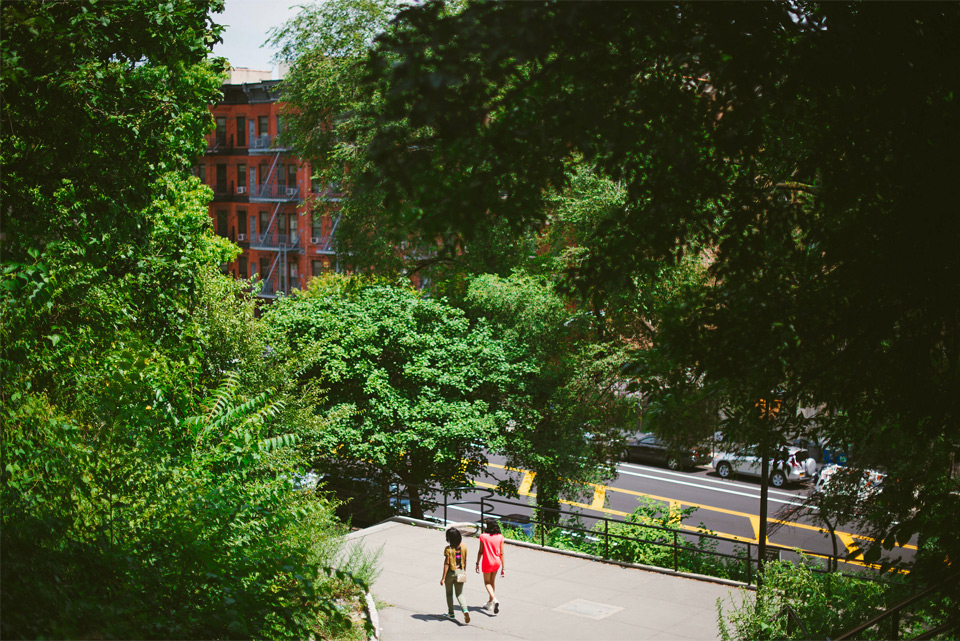
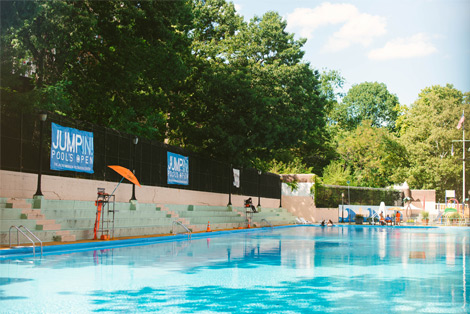
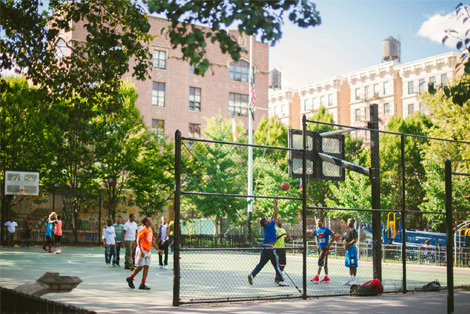
The market:
Affordable nineteenth century apartments and brownstones are becoming more competitive, and new developments are popping up throughout the neighborhood.
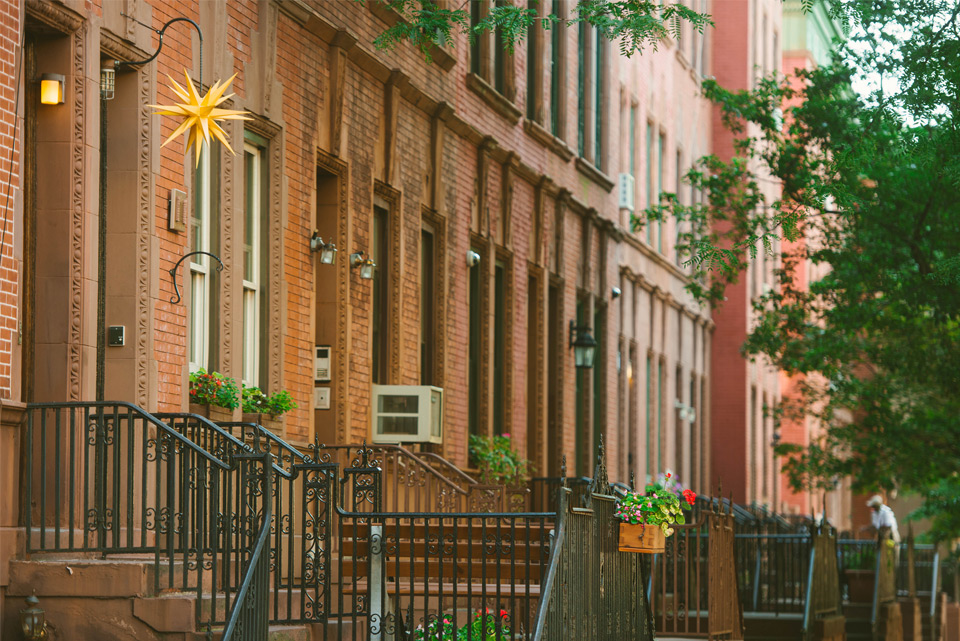
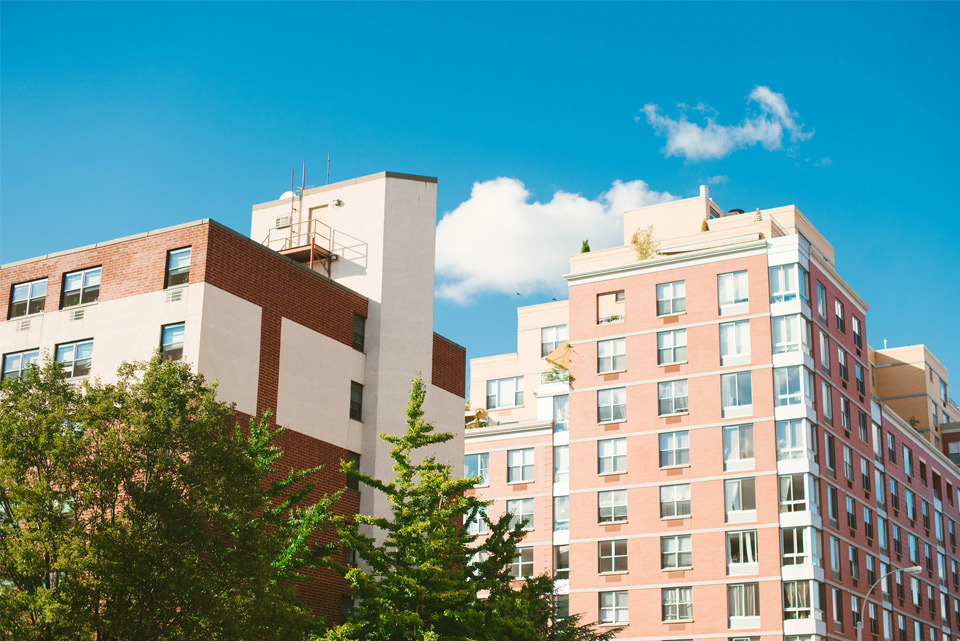
You'll fall in love with:
The rich history and widespread sense of community.
